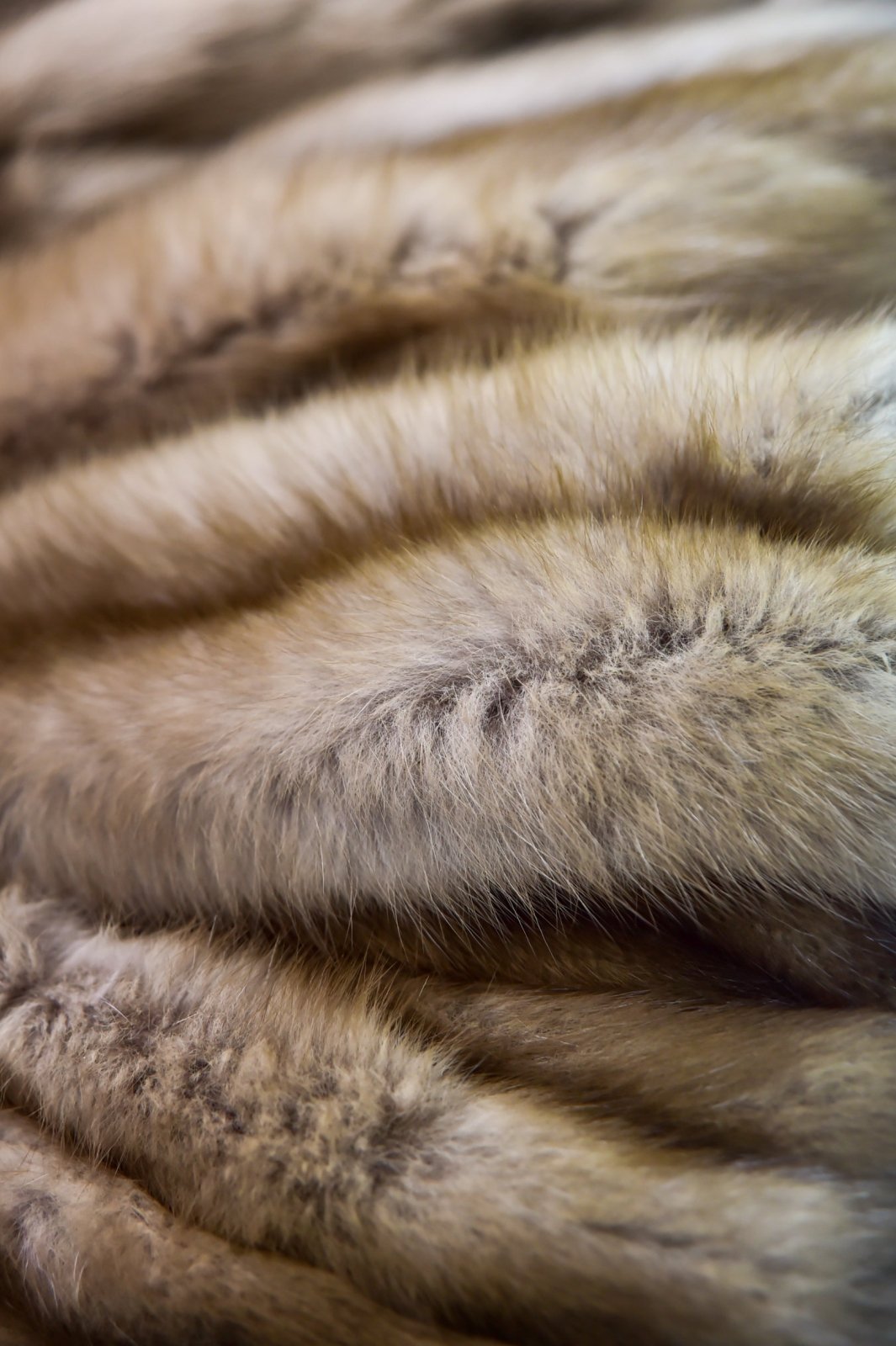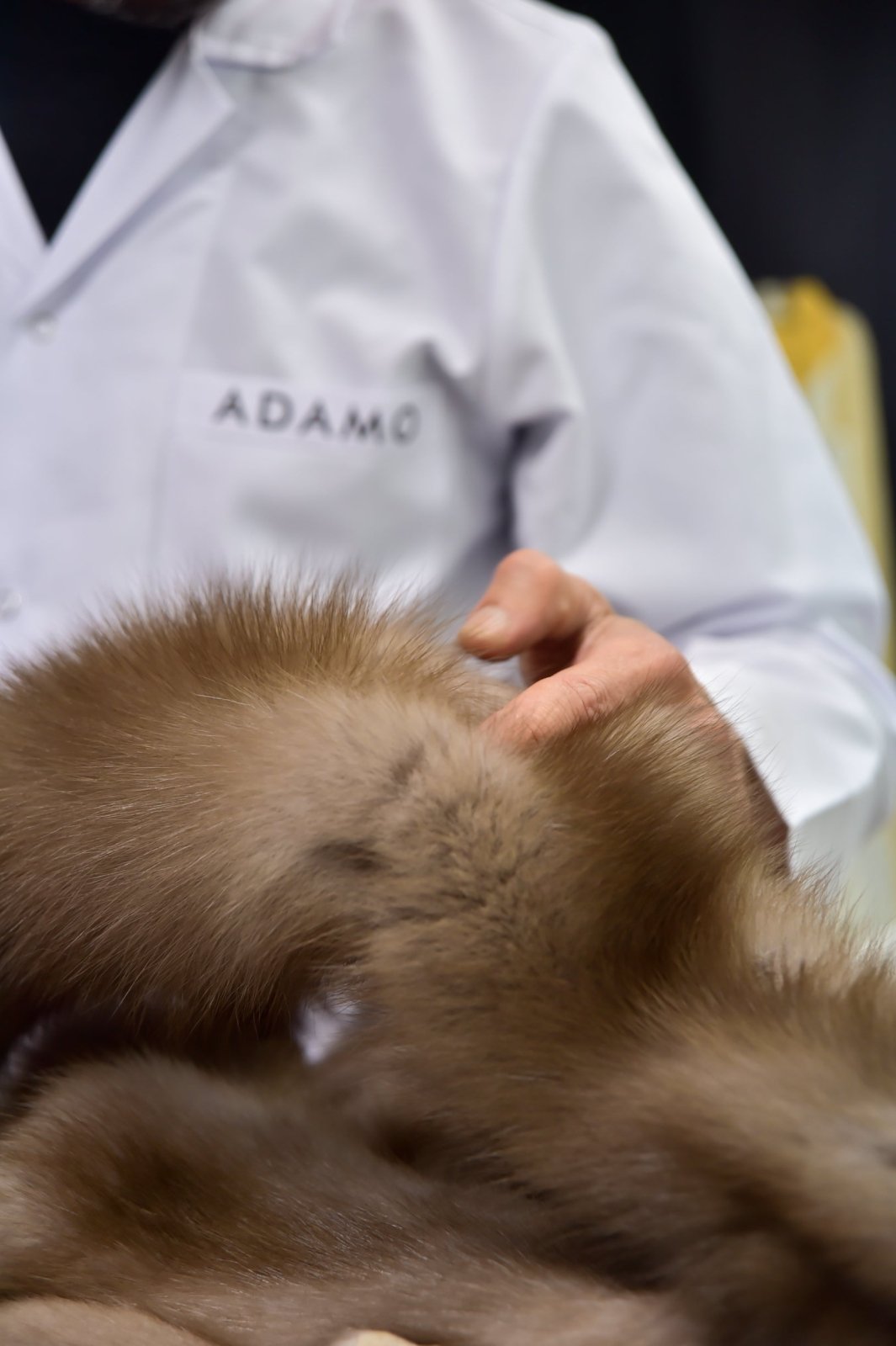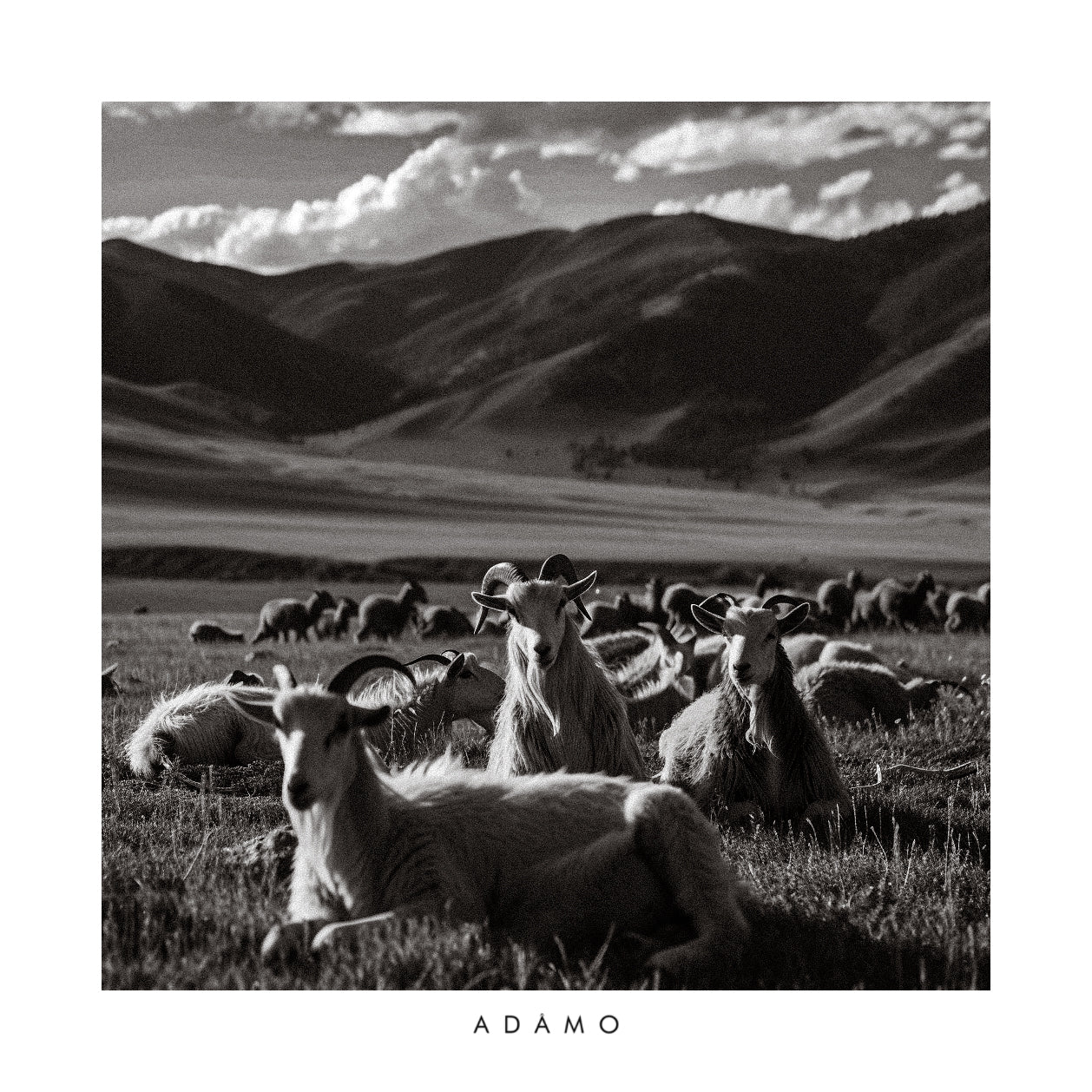
Real Fur vs. Faux Fur
'' Fur is a sustainable and green choice perfect for people that care about doing their bit for our planet. Asking yourself how? Here’s everything you need to know about the environmental impact of choosing fur ''
The Benefits of Choosing Real Fur Versus Faux Fur
Have you been told that fake fur is better than real fur? It simply isn’t true. choosing to wear fake fur is one of the worst things you can do if you care about the environment.
Natural fur is biodegradable, and when your fur has reached the end of its useful life (usually between 20-30 years) it can be buried, returned to the land, used to fertilise your garden. By contrast fake fur is made from nylon and polyester. Both substances derived of fossil fuels. This means when the useful life of a fake fur coat is over it will end up in landfill.
In landfill it will take many decades to breakdown before ending up as microplastics. These are particularly harmful to our waterways and to marine life. Whether you choose wild fur or farmed fur, real fur comes from a natural source. It is all organic and free from any chemicals that can be harmful both to the environment and to human life.
Decided that real fur is the right choice for you? You need to decide whether you want wild fur or farmed fur. Both are of equal benefit to the environment, but in different ways. Let’s break it down:
The Environmental Impact of Choosing Wild Fur
There are many people in the world that still hunt and trap animals to feed their families and make their livings. In some of the world’s wildest and remote environments, selling the fur skins of wild animals helps to create a vital income for some of the world’s most remote and indigenous communities. What’s more, the governments within the countries that host these communities lay out strict rules and quotas about the numbers of animals that can be trapped and killed each year.
This helps to maintain the delicate eco system of the environment, ensuring population numbers of certain animals don’t become too high, which would be a risk to both human life and the lives of other animals living within that eco system. Many people refer to wild fur as ‘guilt-free fur’ because the whole animal is generally used, both as food for the indigenous people who trapped it as well as food for other animals. The fur is a by product of this, and ensures that the whole animal is respected and that nothing is wasted.
The Environmental Impact of Choosing Wild Fur
There are many people in the world that still hunt and trap animals to feed their families and make their livings. In some of the world’s wildest and remote environments, selling the fur skins of wild animals helps to create a vital income for some of the world’s most remote and indigenous communities. What’s more, the governments within the countries that host these communities lay out strict rules and quotas about the numbers of animals that can be trapped and killed each year.
This helps to maintain the delicate eco system of the environment, ensuring population numbers of certain animals don’t become too high, which would be a risk to both human life and the lives of other animals living within that eco system. Many people refer to wild fur as ‘guilt-free fur’ because the whole animal is generally used, both as food for the indigenous people who trapped it as well as food for other animals. The fur is a by product of this, and ensures that the whole animal is respected and that nothing is wasted.
The Environmental Impact of Fur: Processing Fur
Are you environmentally minded? Then we have good news. We already know that fur is organic, sustainable, and biodegradable. But what happens to fur when it is processed? Is fur processing bad for the environment?
The production and dyeing of any clothing or material can never be environmentally neutral. But, when it comes to the fur industry, the news is better than you might expect.
A Gentle Process
Fur dressing and colouring doesn’t need harmful chemicals to strip the leather. In fact, the process is designed to preserve fur hairs and follicles. As a result, the industry only uses relatively benign and gentle chemicals. These are largely alum salts, including aluminum sulfate.
Alums have been used for hundreds of years for water purification, to reduce the pH of garden soil. They also have medicinal uses. What other products might use alumium sulfate? It is most commonly found in antiperspirants and insect repellent.



